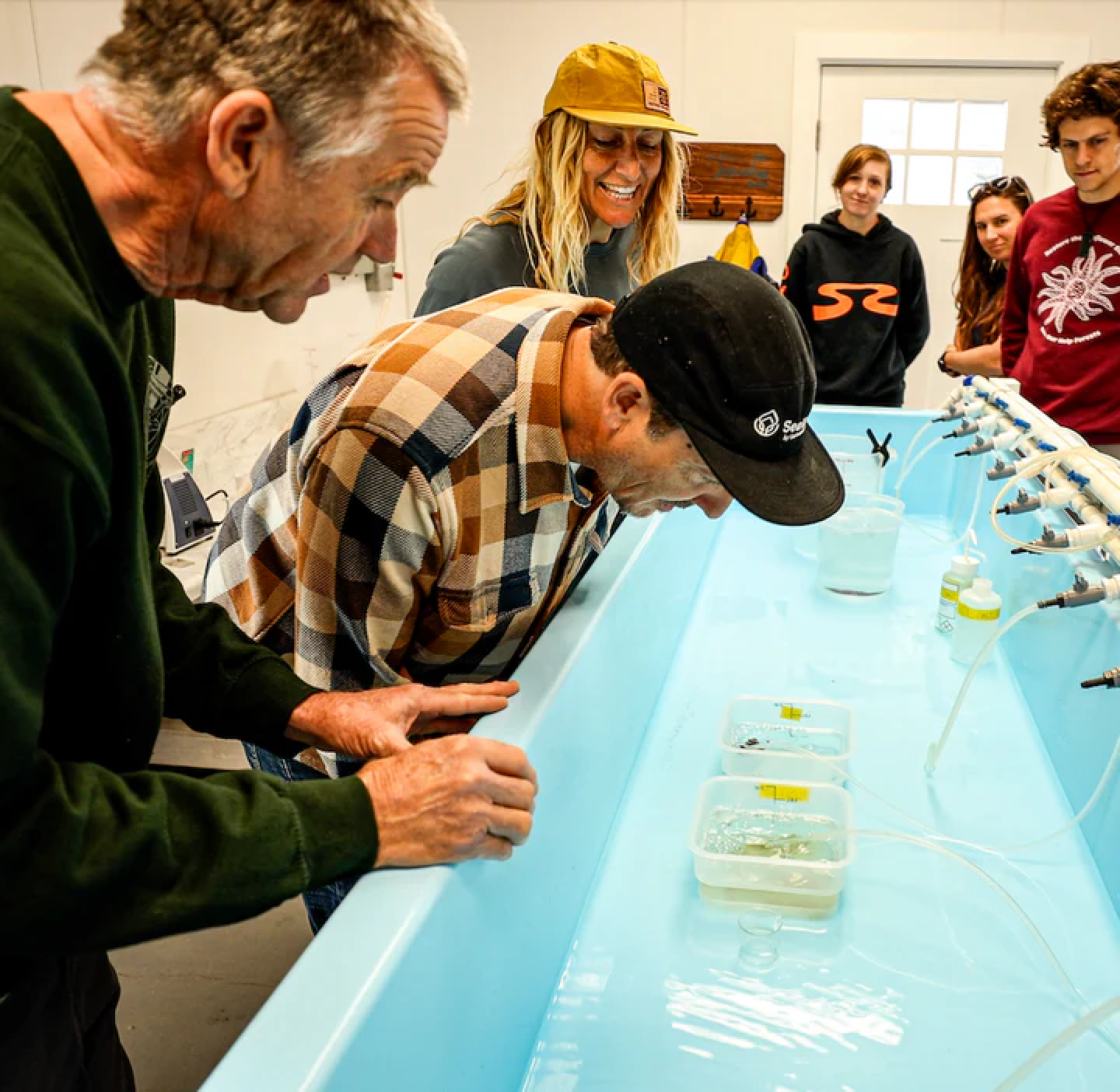Blue Carbon is carbon stored by coastal and marine ecosystems. Blue Carbon ecosystems can be much more effective at storing carbon per unit area than any ecosystem on land. These ecosystems also provide essential habitat for plants and animals and can support sustainable jobs. Blue carbon ecosystems generally are biodiversity hotspots.
The best examples of blue carbon ecosystems are mangrove forests, kelp forests, seagrass meadows, and coral reefs. Additionally, Seatrees defines the Ridge-to-Reef ecosystem as blue carbon, because the health of a terrestrial watershed connected to the ocean directly affects the health of the adjacent coastal ocean.

